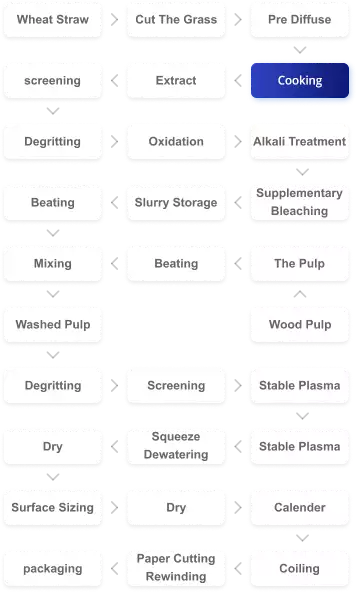Hotel Industry Boiler System Solutions
Generally speaking, for hotel-type enterprises, hot water boilers are mainly used for heating, hot water for bathing, and constant temperature water sources for swimming pools. Considering the positioning of customers in the hotel industry, most hotels will choose to be built in prosperous areas of towns or places with excellent ecological environments. There are many requirements for the environment and user experience. Therefore, when hotel-type enterprises purchase hot water boilers, they will definitely choose hot water boilers that can fully meet the normal use of hotel facilities and have no pollution to the surrounding environment of the hotel.



